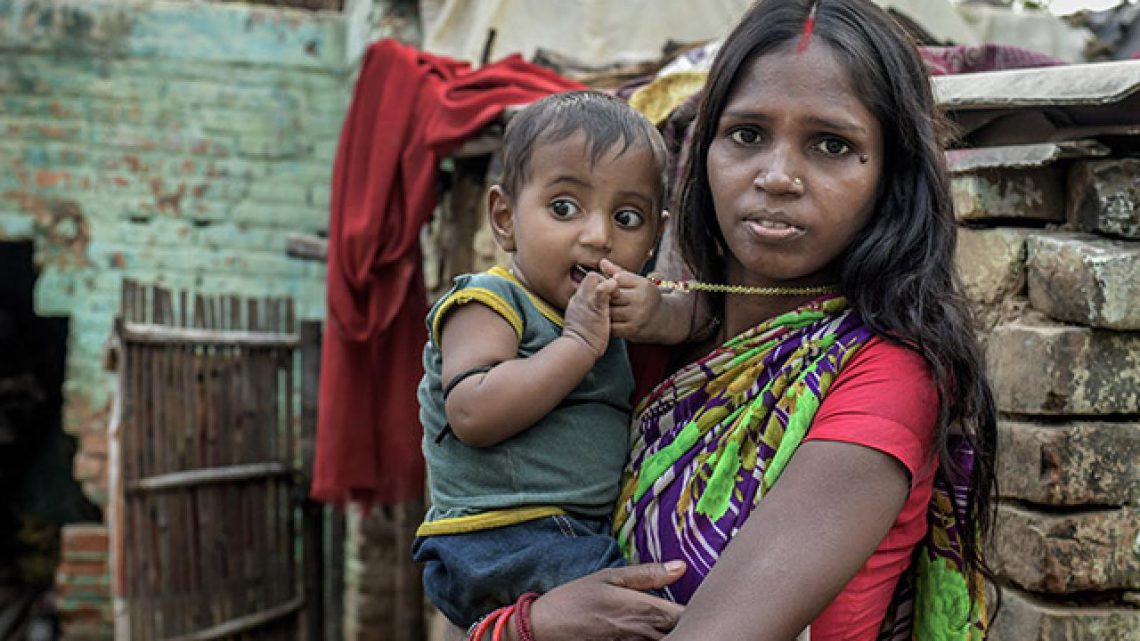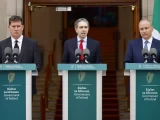
India’s Wealth Gap Widens as Billionaires Flourish Amidst Widespread Poverty: Report
May 23, 2024Despite its reputation as the world’s fastest-growing economy, India faces a significant challenge: a growing wealth gap that sees billionaires thriving while millions remain in poverty. The ostentatious display of wealth by the country’s elite starkly contrasts with the struggles of the majority, raising questions about the inclusivity of India’s economic progress.
A notable illustration of this disparity is Mukesh Ambani, India’s wealthiest individual, who recently hosted an extravagant pre-wedding party for his son. This event, featuring a performance by international pop star Rihanna and costing an estimated $150 million, highlighted the stark contrast between the lives of India’s richest and its poorest. Such displays of wealth have ignited outrage among many Indians who struggle to make ends meet.
Critics argue that the economic growth under Narendra Modi is uneven, with significant disparities between the rich and the poor. Despite the government’s claims of poverty reduction, many economists question the accuracy of the data. They accuse the Modi administration of selectively releasing information and obstructing efforts to measure poverty levels accurately. A chronic lack of secure jobs for nearly a billion Indians exacerbates the issue, creating widespread discontent.
A report from the World Inequality Lab, authored by economist Thomas Piketty and others, reveals that the top 1% of Indians now own more than 40% of the country’s wealth. This concentration of wealth has become particularly pronounced over the past decade, making India more unequal than it was during British colonial rule. Rising inflation and a lack of employment opportunities continue to strain the lower half of the population, threatening Modi’s popularity as elections approach.
In rural areas like Maharashtra’s Melghat, poverty is evident. Families struggle to survive on meager daily wages with limited access to basic necessities like clean water and sanitation. Promises of job creation have largely not materialized, leading to widespread skepticism among jobless youth. Many feel abandoned by the government’s focus on development that appears to benefit only the wealthy.
The frustration among the population is intense, with rising inflation hitting poorer families the hardest. This growing chasm between rich and poor threatens to undermine Modi’s narrative of inclusive economic growth. Unemployment remains a major issue for his re-election campaign, with the bottom 50% of the population grappling with a chronic lack of decent jobs.
Critics also highlight the government’s welfare schemes, which have come at a massive cost of $400 billion, while spending on essential public services like health and education has proportionally decreased. Reetika Khera, a professor at the Indian Institute of Technology Delhi, argues that Modi is taking undue credit for schemes introduced before his tenure and exaggerating their impact. “The government’s policies have only widened the wealth gap, benefiting the rich at the expense of the poor. It’s time for a change,” she asserts.
Maitreesh Ghatak, a professor of economics at the London School of Economics, points out that available data clearly shows India’s growth is lopsided. The failure of prosperity to trickle down has become more pronounced over the last decade, highlighting the urgent need for policies that address this growing inequality.

